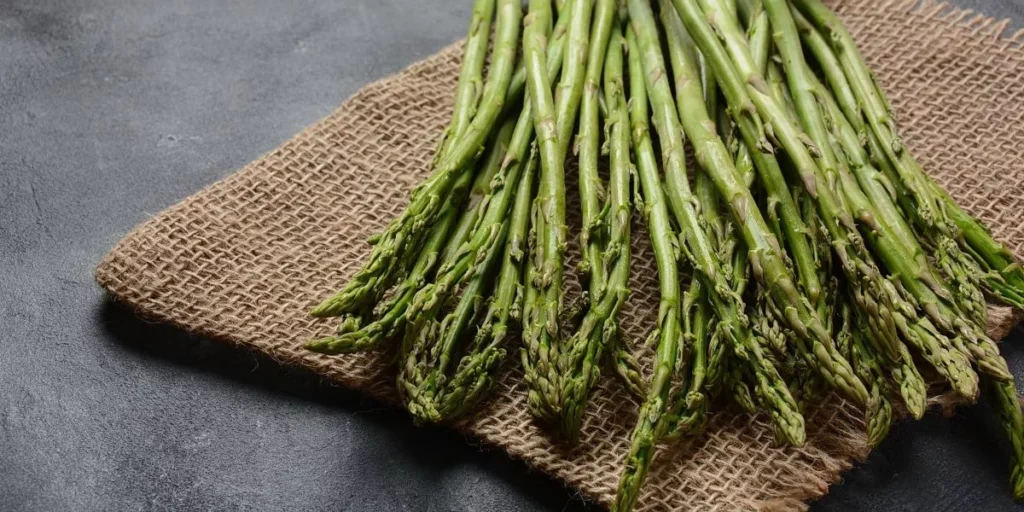
When it comes to cooking with fresh seasonal produce, mastering the art of utilizing what’s in season can elevate your dishes to new heights. From understanding the nuances of different fruits and vegetables to incorporating them in unexpected ways, the possibilities are endless. By following a few simple tips and tricks tailored to each season, you can transform your meals into culinary masterpieces that celebrate the best nature has to offer. So, are you ready to take your seasonal cooking skills to the next level and unlock the full potential of fresh produce in your kitchen?
Benefits of Cooking Seasonally
When cooking seasonally, you can enjoy the freshest flavors and maximize the nutritional benefits of your meals. By using ingredients that are in season, you ensure that your dishes are bursting with taste and nutrients. Seasonal produce is typically harvested at its peak ripeness, meaning it’s at its most flavorful and nutritious state.
Another benefit of cooking seasonally is the support you provide to local farmers and the environment. By purchasing fruits and vegetables that are in season locally, you reduce the carbon footprint associated with transporting produce long distances. This supports the local economy and promotes sustainability.
Additionally, cooking seasonally allows you to experiment with a variety of ingredients throughout the year. Each season offers a unique selection of fruits, vegetables, and herbs that can inspire new dishes and flavors in your cooking. This variety not only keeps your meals exciting but also introduces you to different nutrients and health benefits associated with each seasonal ingredient.
Essential Tools for Seasonal Cooking
To enhance your seasonal cooking experience, having the right tools is essential for efficient meal preparation and flavorful results. Invest in quality knives for chopping fruits and vegetables with precision. A sharp chef’s knife and a paring knife are versatile tools that can handle various tasks.
Additionally, having a set of cutting boards in different sizes and materials will help you keep your work area organized and clean. For cooking seasonal dishes, consider purchasing a vegetable spiralizer to create fun and healthy vegetable noodles. A mandoline slicer can also be handy for slicing fruits and vegetables thinly and uniformly.
When it comes to cooking methods like grilling or roasting, having a reliable set of tongs, spatulas, and oven mitts is crucial for safe and efficient cooking. Lastly, don’t forget about kitchen gadgets like citrus juicers, zesters, and herb strippers to add extra flavor to your seasonal dishes.
Maximizing Flavor With Seasonal Ingredients
Invest in fresh seasonal produce to elevate the flavors of your dishes and create vibrant culinary experiences. Seasonal ingredients are at their peak in flavor and nutritional value, making them ideal for enhancing your recipes. To maximize the taste of your dishes, focus on using ingredients that are currently in season.
For example, during the summer, juicy tomatoes and sweet corn can add a burst of freshness to salads or pasta dishes. In the fall, hearty root vegetables like carrots and sweet potatoes can bring warmth and depth to stews and casseroles.
Experiment with different cooking techniques to make the most out of seasonal produce. Roasting vegetables can caramelize their natural sugars, enhancing their sweetness. Grilling fruits like peaches or pineapple can add a smoky flavor that complements savory dishes or desserts.
Don’t be afraid to get creative and mix and match seasonal ingredients to discover new flavor combinations that excite your taste buds. By embracing the flavors of each season, you can create memorable meals that celebrate the best of nature’s bounty.
Seasonal Produce Storage Tips
Proper storage of seasonal produce is essential to maintain freshness and quality for longer periods of time. To make your seasonal fruits and vegetables last, store them properly. Keep items like berries and leafy greens in the refrigerator, but avoid washing them until you’re ready to use them to prevent premature spoilage.
For produce like tomatoes, store them at room temperature to preserve their taste and texture. Root vegetables such as carrots and beets should be stored in a cool, dark place to prevent sprouting. When storing herbs, trim the stems, place them in a jar with water like flowers in a vase, and cover them loosely with a plastic bag to maintain moisture.
Consider freezing excess produce like berries, peaches, or beans to enjoy them later in smoothies, pies, or stews. Properly storing seasonal produce not only helps reduce food waste but also ensures that you have fresh ingredients on hand for your culinary creations.
Trending Products














